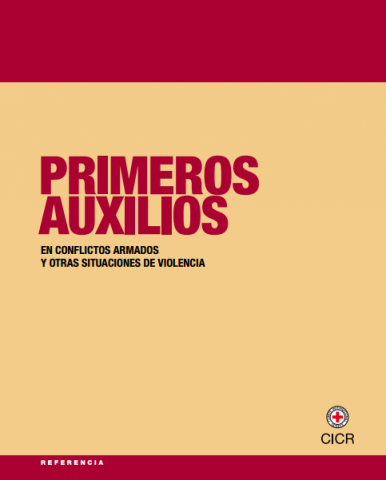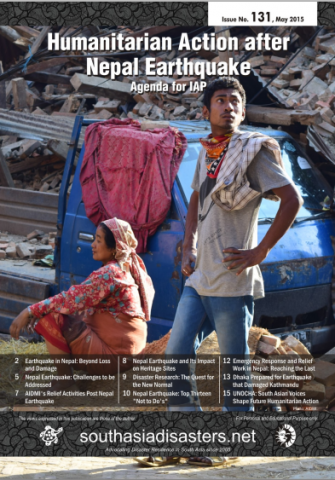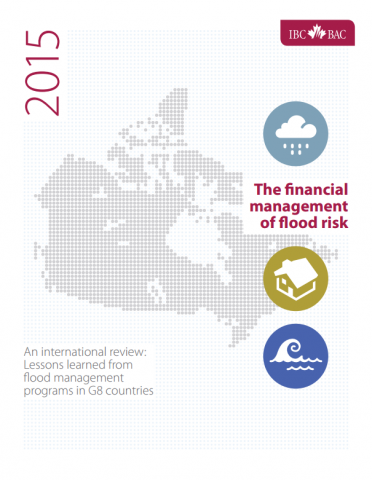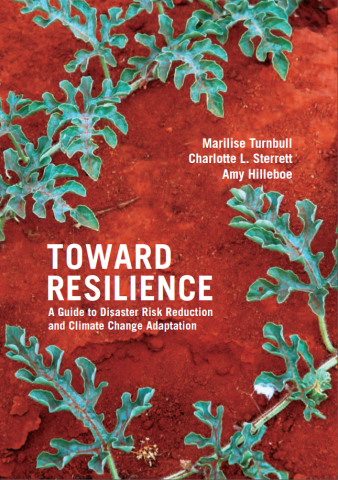Setting, measuring and monitoring targets for disaster risk reduction
Prepared by ODI, RMS and CRED, the report provides 10 recommendations for establishing a common and comprehensive measurement and monitoring system for DRR progress to bridge post-2015 agreements. These recommendations include a focus on headline international targets focused on reducing disaster losses, as well as a national system of tracking progress in DRR based on […]
Setting, measuring and monitoring targets for disaster risk reduction Read More »




